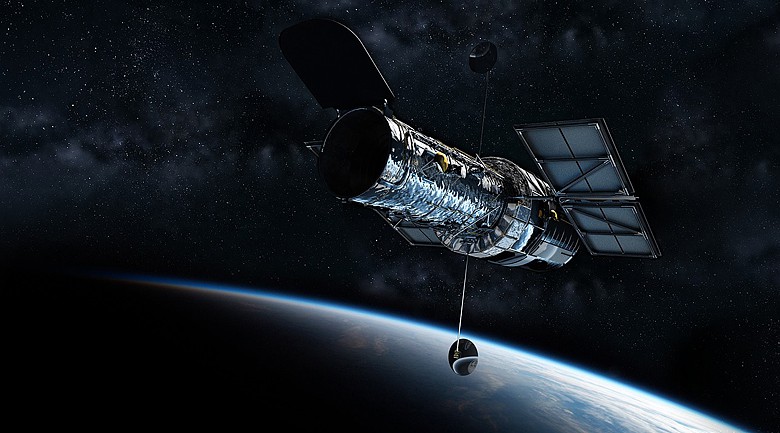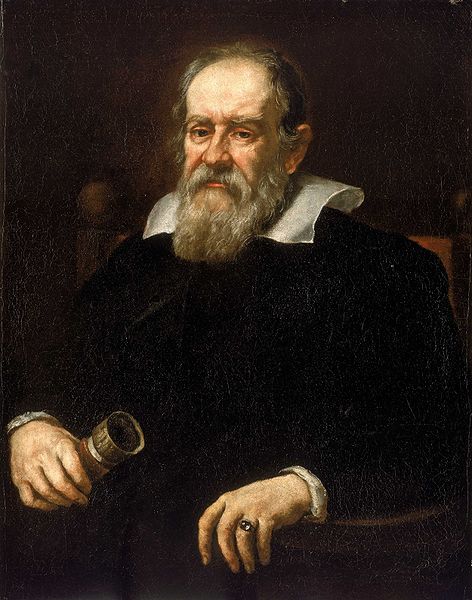
Its science will look at four major themes: the universe's first light, how the first galaxies were formed, how stars are formed, and looking at the origins of life (including exoplanets). Unlike Hubble, this telescope will be parked far from Earth and out of reach of repair crews. This is the successor to Hubble, and its launch date has been delayed several times over the years, with the latest estimate now for Dec 18, 2021. Here are some of the more famous telescopes: James Webb Space Telescope Radio telescopes have since mapped the shape of galaxies and the existence of background microwave radiation that confirmed a prediction in the Big Bang Theory. He found a source of radio interference from the center of the Milky Way. An American engineer named Karl Jansky was the first to detect radio radiation from space in 1931.

With the development of the radio, scientists could start to study not just light, but other electromagnetic radiation in space. It was there that the astronomer Edwin Hubble determined that the Andromeda Nebula was indeed (as some astronomers had argued) a galaxy far, far away (2.5 million light-years) from the Milky Way. The Hooker 100-inch (2.5 m) reflecting telescope opened in 1917 at Mount Wilson Observatory in Pasadena, Calif. But the 40-inch (1 meter) glass lens at Yerkes was soon made obsolete by larger mirrors. The largest refracting telescope (one that use lenses to gather and focus light) opened at Yerkes Observatory in Williams Bay, Wisconsin, in 1897. Inouye Solar Telescope: Getting a close-up look at our sun Exploring the cosmos Centuries later the reflecting telescope would dominate astronomy. Working from Kepler's writings, Isaac Newton reasoned it was better to make a telescope out of mirrors rather than lenses and built a reflecting telescope in 1668. Johannes Kepler studied the optics and designed a telescope with two convex lenses, which made the images appear upside down. He struck a plea bargain and was sentenced to house arrest, where he continued to work and write until his death in 1642.Įlsewhere in Europe, scientists began improving the telescope. But his ideas were considered heretical, and Galileo was called to appear before the inquisition in Rome in 1633. Galileo wrote a book " Dialogue Concerning the Two Chief World Systems, Ptolemaic and Copernican (opens in new tab)" and dedicated it to the Pope Urban VIII. The more Galileo looked, the more he was convinced of the sun-centered Copernican model of the planets. His August 1609 drawings of the moon predate Galileo's, but were never published. Harriot became famous for his travels to the early settlements in Virginia to detail resources there. Thomas Harriot, a British ethnographer and mathematician, also used a spyglass to observe the moon.

He also discovered the rings of Saturn, sunspots and four of Jupiter's moons.

He was able to make out mountains and craters on the moon, as well as a ribbon of diffuse light arching across the sky - the Milky Way. Galileo was the first to point a telescope skyward. The Senate, in turn, set him up for life as a lecturer at the University of Padua and doubled his salary, according to Stillman Drake in his book " Galileo at Work: His Scientific Biography (opens in new tab)" (Courier Dover Publications, 2003). He made some improvements - his creation could magnify objects 20 times - and presented his device to the Venetian Senate.

In 1609, Galileo Galilei heard about the "Dutch perspective glasses" and within days had designed one of his own - without ever seeing one. Detouche shows Galileo Galilei displaying his telescope to Leonardo Donato and the Venetian Senate.


 0 kommentar(er)
0 kommentar(er)
